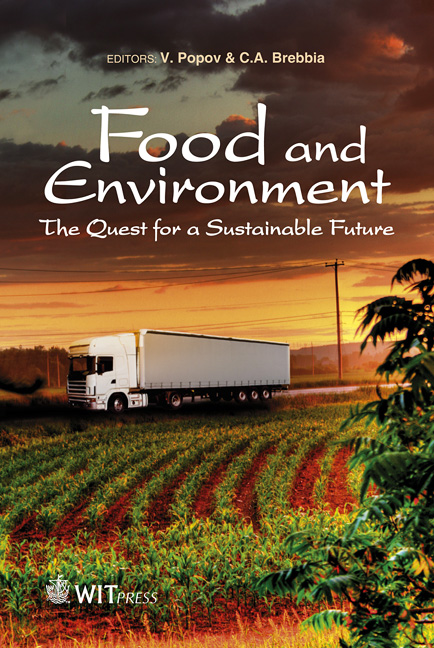Use Of Blast Furnace Slag And Water Treatment Residues To Reduce The Runoff Of Dissolved Reactive Phosphorus From Agricultural Lands
Price
Free (open access)
Transaction
Volume
152
Pages
9
Page Range
45 - 53
Published
2011
Size
494 kb
Paper DOI
10.2495/FENV110051
Copyright
WIT Press
Author(s)
Z. Ahmad, M. Abdel Basit, S. Yamamoto, T. Honna, H. Yasuda & M. Inoue
Abstract
Continuous use of phosphorus (P) fertilizers has created severe environmental concerns. Control of non-point source of P contamination is the biggest challenge. In current study, residues from the water treatment facilities (WTR) and blast furnace slag (BFS) were tested for their ability to reduce the P runoff. Residues from water treatment facilities have been extensively tested under crop or grass cover but less is know when applied to bare lands. Similarly, BFS has been studied for its use as a filtering material in wastewater treatment plants, but its use on agricultural lands for P control has not been reported yet. A silty clay loam soil was amended with BFS and WTR at the rate of 50 g kg-1 soil. Chemical P was applied at the rate of 400 kg ha-1. Bared soil surface with two roughnesses (low and high) was exposed to two artificial rainfall intensities (35 and 75 mm h-1). Each treatment was exposed to three rainfall events with a constant rainfall depth of 70 mm. Results of the study showed that, regardless of rainfall intensity and soil roughness, dissolved reactive P (DRP) reduced over the runoff time from both amended pots while from control pots an increasing trend was observed. Water treatment residues reduced the mean DRP concentration by 27.3% and DRP load by 32% as compared to un-amended plots. Though the trend was declining but P concentrations were higher from BFS amended plots compared to control. DRP concentrations were lower under high rainfall intensity than low rain intensity due to the dilution factor. This study affirms the ability of WTR to reduce the P mobility from bare soils as well however further studies are needed to test the effectiveness of BFS under filed conditions. Keywords: dissolved reactive phosphorus, simulated rainfall intensity, soil roughness, blast furnace slag, water treatment residues.
Keywords
dissolved reactive phosphorus, simulated rainfall intensity, soil roughness, blast furnace slag, water treatment residues





